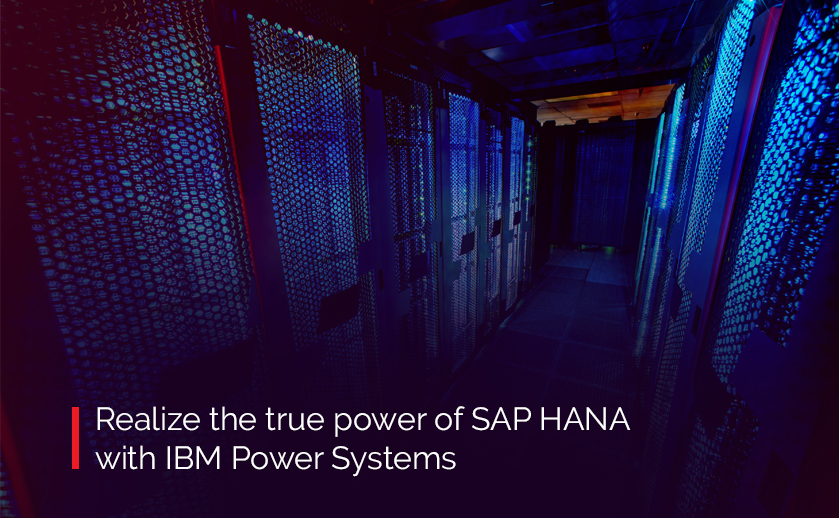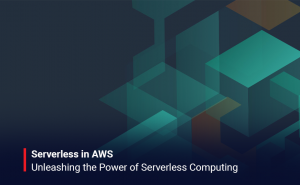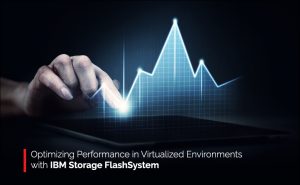As established and upcoming IT leaders, we know that as in-memory database systems, SAP HANA can deliver high-speed data access. The solution also offers efficient, high-performance data access due to its utilization of memory and data storage in column-based tables compared to the conventional SQL DBMS practice of row-based tables. The columnar structure can often provide rapid performance as queries only require access to specific sets of columns.
SAP HANA is often deployed as both part of the SAP S/4 HANA ERP environment, and a standalone, extremely efficient database system and for both the HANA applications, IBM Power Systems is the perfect hardware for confirming best flexibility, performance, and versatility.
Initiation of Power
IBM Power Systems did get a late start in the SAP once they sold off their x86 business. It allowed IBM to collaborate with SAP and offer clients a 2nd platform option, specifically with the various ECC shops coming from Enterprise platforms. Currently, their only choice is to leverage their most vital business application on Intel.
There are thousands of users running SAP ECC on DB2 on AIX or Oracle or running IBM I; there is a broad and experienced install base. The move by IBM to support Linux little-endian natively, starting with POWER8, helped ease any of the development issues that SAP might have had. Post the initial SAP Ramp-up Program, IBM Power has been the fastest adoption of a platform. Considering both the choices in the current scenario, both IBM Power Systems and x86 appear to be competitive architectures for servers running the SAP HANA workloads.
Also, POWER microprocessors were developed to provide services to high-performance enterprise workloads, like database management systems, ERP systems, and transaction processing. While x86 microprocessors can also be used for such workloads, it is not conventionally as efficient due to its general-purpose design, compared to the POWER processors’ particular design for enterprise computing.
Growth of Power
IT leaders know from experience that IBM Power Systems is an ideal platform for SAP HANA deployment over Intel-based platforms. Why so, you ponder? Well, the list starts at its DNA. The platform was born as an Enterprise system in the data centre deploying mission-critical workloads.
Users can deploy fewer systems while easily hosting more workloads per system, regardless of them being SolMan, legacy SAP ECC or non-SAP workloads like legacy Oracle workloads or possible latest Cognitive workloads.
Conclusion
Technically for the users, there exist only two choices for SAP HANA. One is the choice, where the platform forces you to select one feature for another, thus making every decision a compromise. The other alternative is where the platform offers full scalability, resiliency and flexibility with zero compromises. No tech lead/project manager wants to go their board members requesting more money while admitting a mistake has been made, failed to anticipate something obvious or undersized; hence SAP HANA on IBM Power Systems is the right choice.






